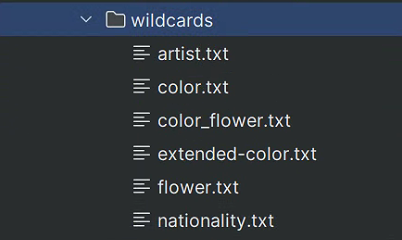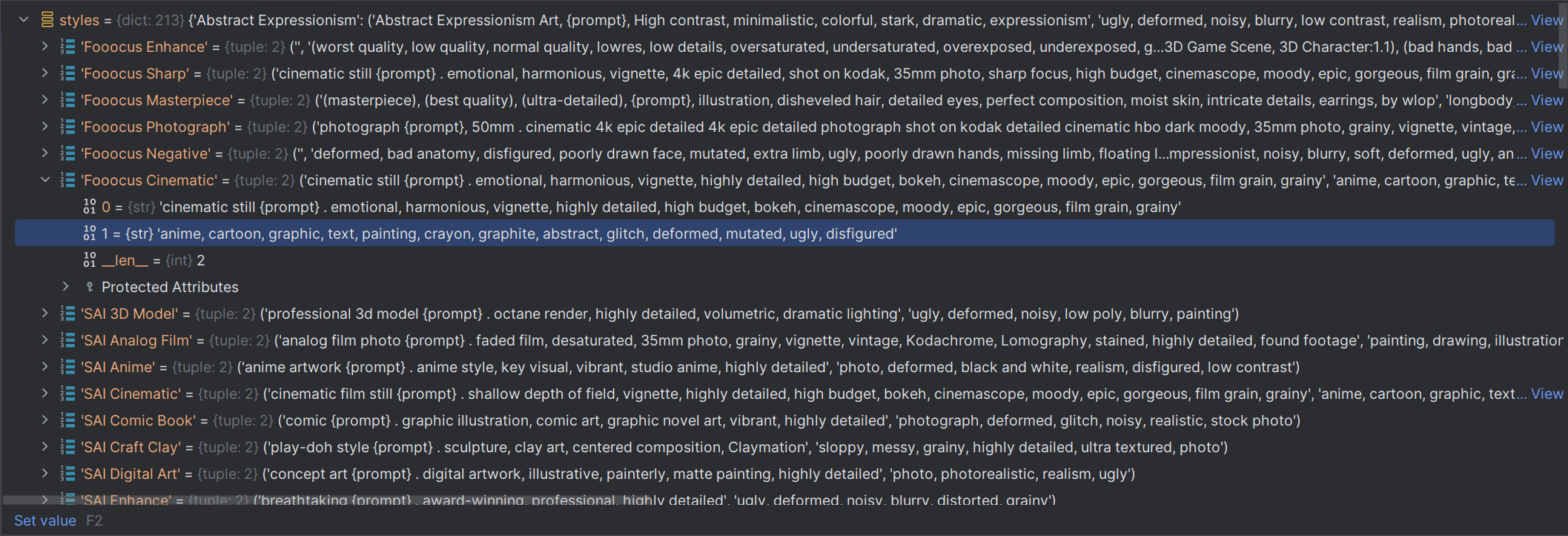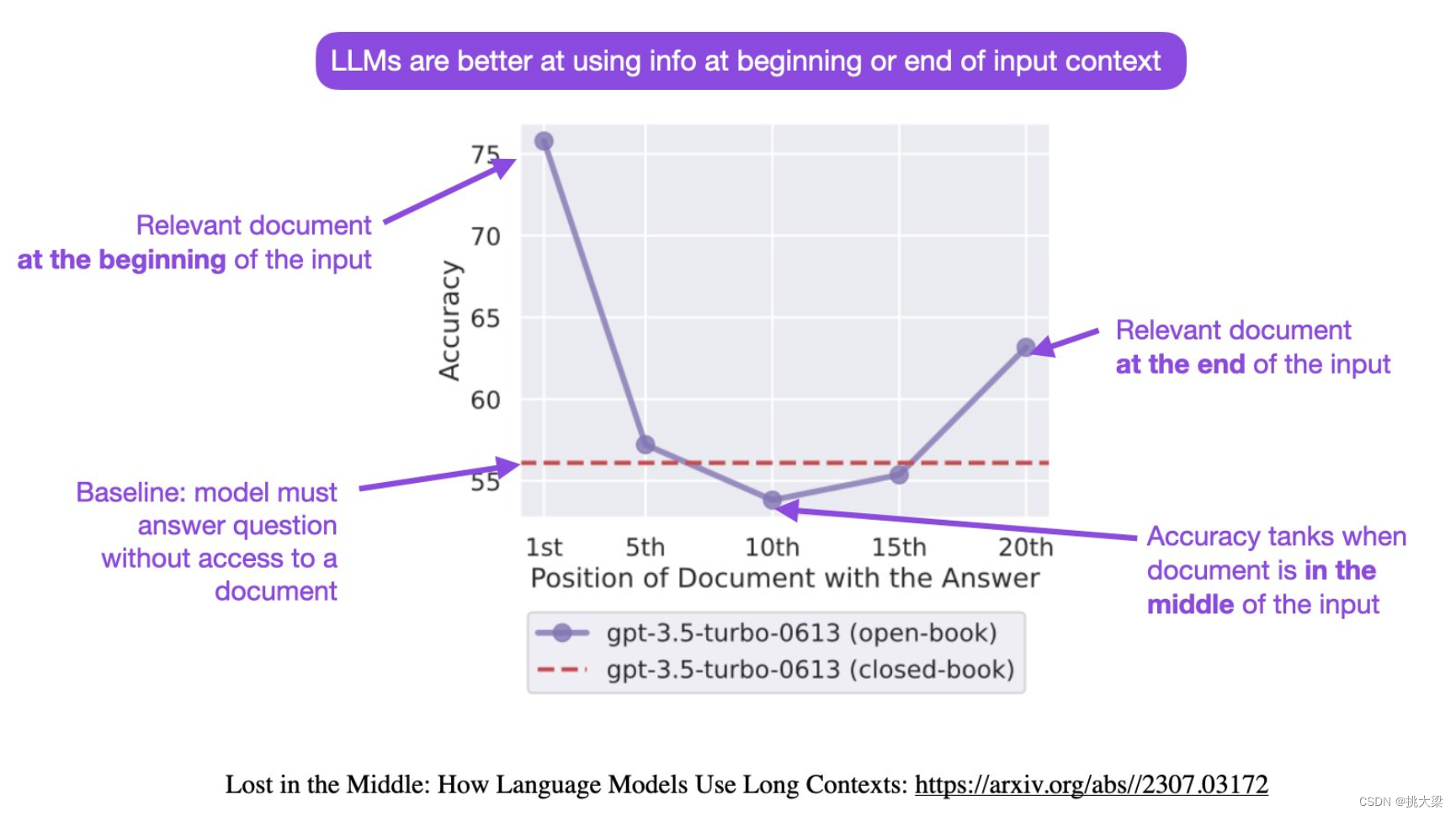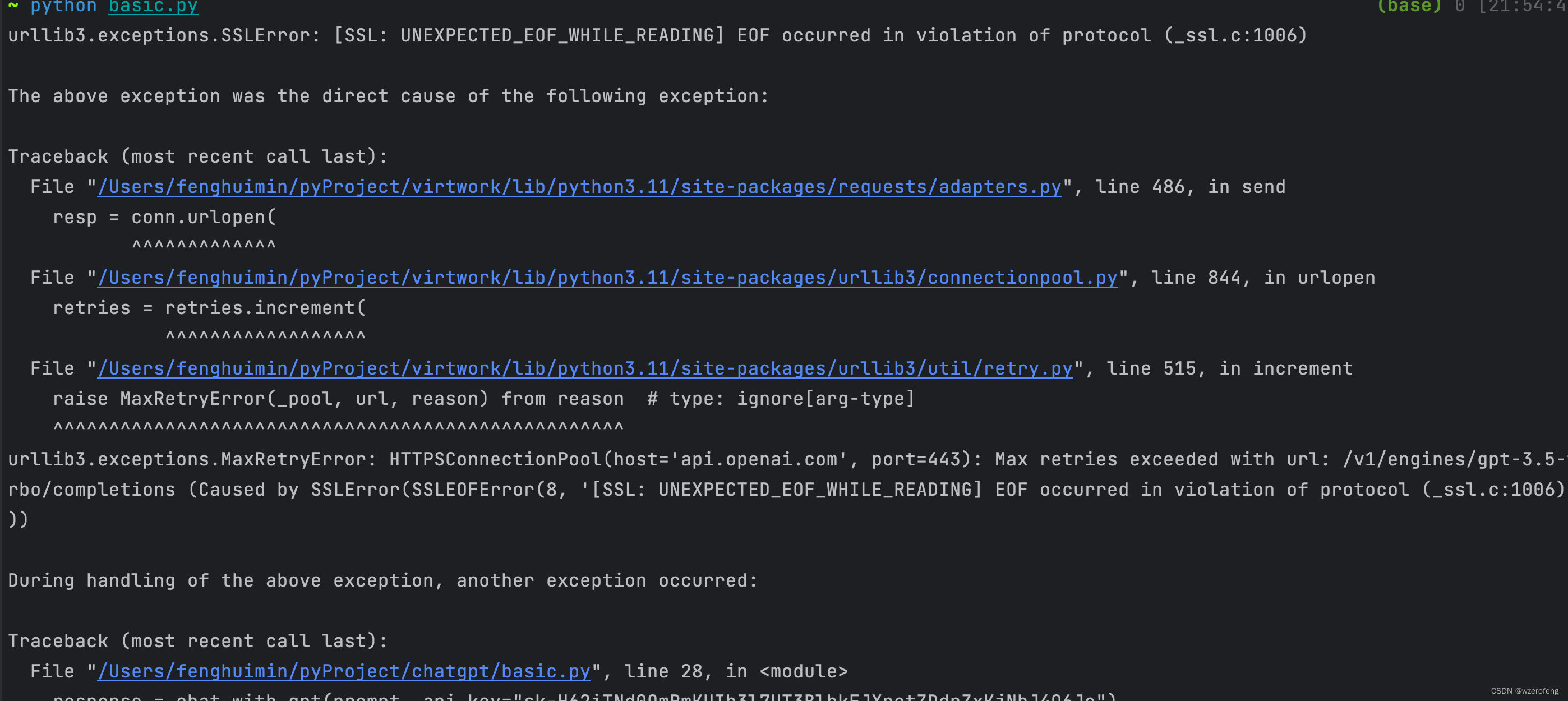本文介绍: 用用户输入的prompt来替换风格字符串可能存在的{prompt},然后使用splitlines()方法,得到字符串的list返回(使用splitlines()或许有深层次考虑,但我没发现)。prompt和negative_prompt都可以通过apply_wildcards函数来实现通配符替换,apply_wildcards会从txt中随机找一个出来。每个key中是一个2个元素的元组,即是 prompt和negative_prompt。
使用通配符增加prompt多样性
prompt和negative_prompt都可以通过apply_wildcards函数来实现通配符替换,apply_wildcards会从txt中随机找一个出来。
prompt='sunshine, river, trees, __artist__'
task_prompt = apply_wildcards(prompt, task_rng)
task_negative_prompt = apply_wildcards(negative_prompt, task_rng)

def apply_wildcards(wildcard_text, rng, directory=wildcards_path):
for _ in range(wildcards_max_bfs_depth):
placeholders = re.findall(r'__([w-]+)__', wildcard_text)
if len(placeholders) == 0:
return wildcard_text
print(f'[Wildcards] processing: {wildcard_text}')
for placeholder in placeholders:
try:
words = open(os.path.join(directory, f'{placeholder}.txt'), encoding='utf-8').read().splitlines()
words = [x for x in words if x != '']
assert len(words) > 0
wildcard_text = wildcard_text.replace(f'__{placeholder}__', rng.choice(words), 1)
except:
print(f'[Wildcards] Warning: {placeholder}.txt missing or empty. '
f'Using "{placeholder}" as a normal word.')
wildcard_text = wildcard_text.replace(f'__{placeholder}__', placeholder)
print(f'[Wildcards] {wildcard_text}')
print(f'[Wildcards] BFS stack overflow. Current text: {wildcard_text}')
return wildcard_text
Fooocus的风格实现
Fooocus可选多种风格,都是以更改prompt和negative_prompt来实现。
风格s传入apply_style函数中,得到prompt和negative_prompt:
注意:空列表+空列表仍旧是一个空列表,非空列表加空列表等于没加空列表。
positive_basic_workloads = []
negative_basic_workloads = []
style_selections = ['Fooocus Enhance', 'Fooocus Sharp']
task_prompt='sunshine, river, trees,'
for s in style_selections:
p, n = apply_style(s, positive=task_prompt) # 得到prompt和negative_prompt
positive_basic_workloads = positive_basic_workloads + p
negative_basic_workloads = negative_basic_workloads + n
apply_style函数则为:
def apply_style(style, positive):
p, n = styles[style]
return p.replace('{prompt}', positive).splitlines(), n.splitlines()
styles是一个全局字典,目前有213个key,则是有213种风格。每个key中是一个2个元素的元组,即是 prompt和negative_prompt

p.replace(‘{prompt}’, positive).splitlines()
用用户输入的prompt来替换风格字符串可能存在的{prompt},然后使用splitlines()方法,得到字符串的list返回(使用splitlines()或许有深层次考虑,但我没发现)。

这里就会发现,很容易有多个风格产生多个negativeprompt。

原文地址:https://blog.csdn.net/x1131230123/article/details/135855202
本文来自互联网用户投稿,该文观点仅代表作者本人,不代表本站立场。本站仅提供信息存储空间服务,不拥有所有权,不承担相关法律责任。
如若转载,请注明出处:http://www.7code.cn/show_61997.html
如若内容造成侵权/违法违规/事实不符,请联系代码007邮箱:suwngjj01@126.com进行投诉反馈,一经查实,立即删除!
声明:本站所有文章,如无特殊说明或标注,均为本站原创发布。任何个人或组织,在未征得本站同意时,禁止复制、盗用、采集、发布本站内容到任何网站、书籍等各类媒体平台。如若本站内容侵犯了原著者的合法权益,可联系我们进行处理。







